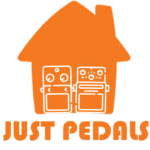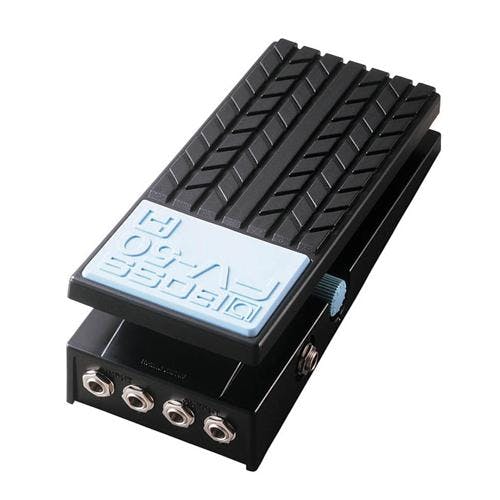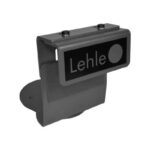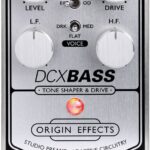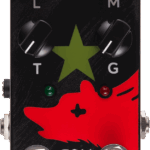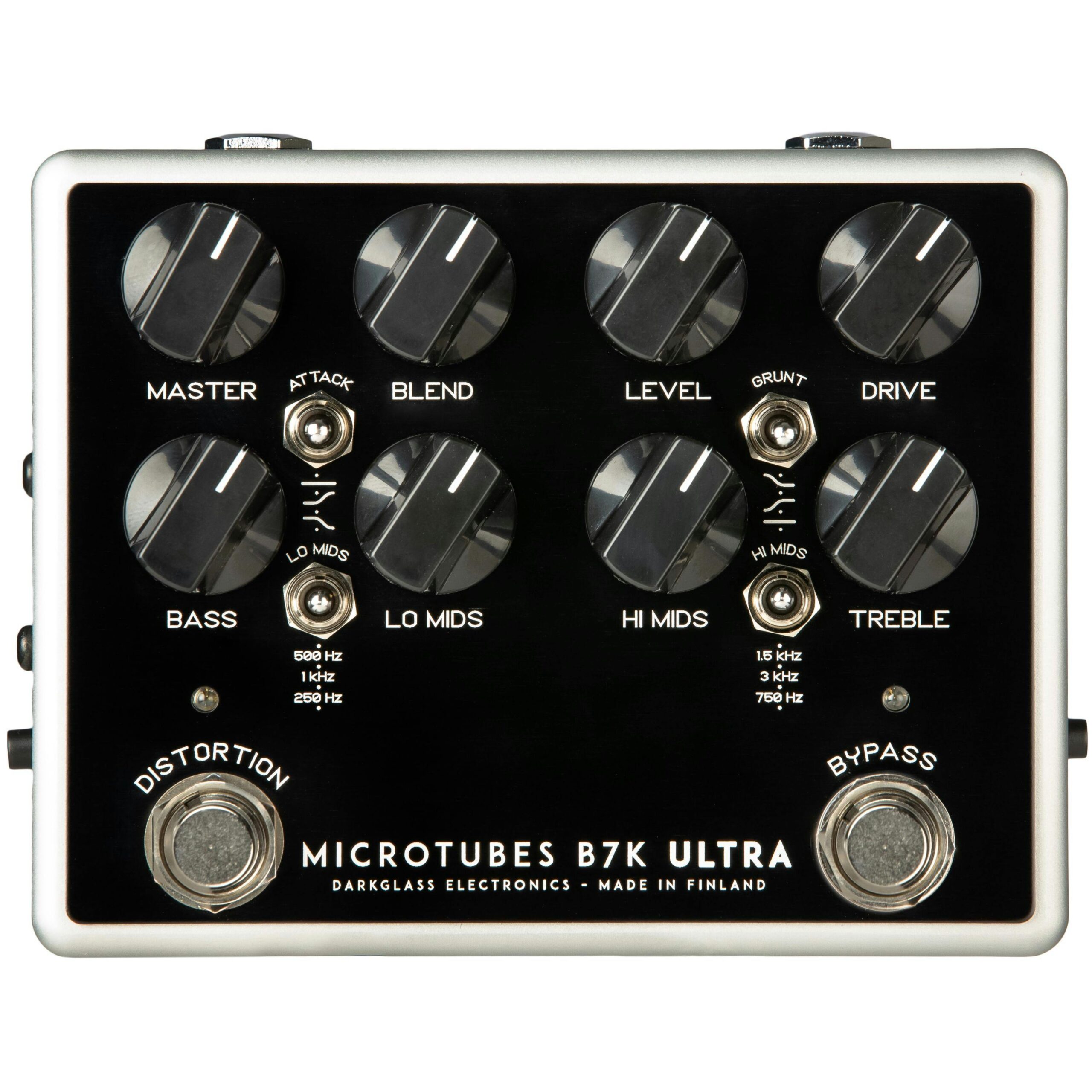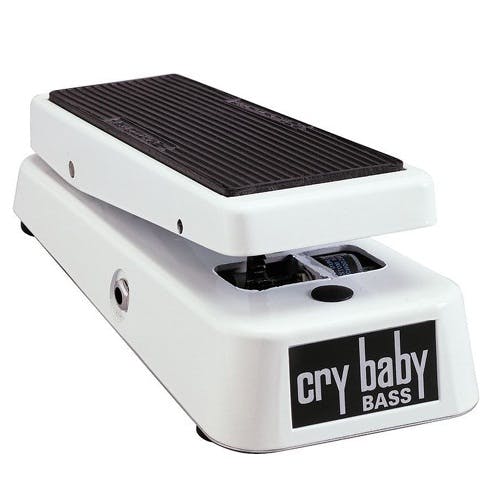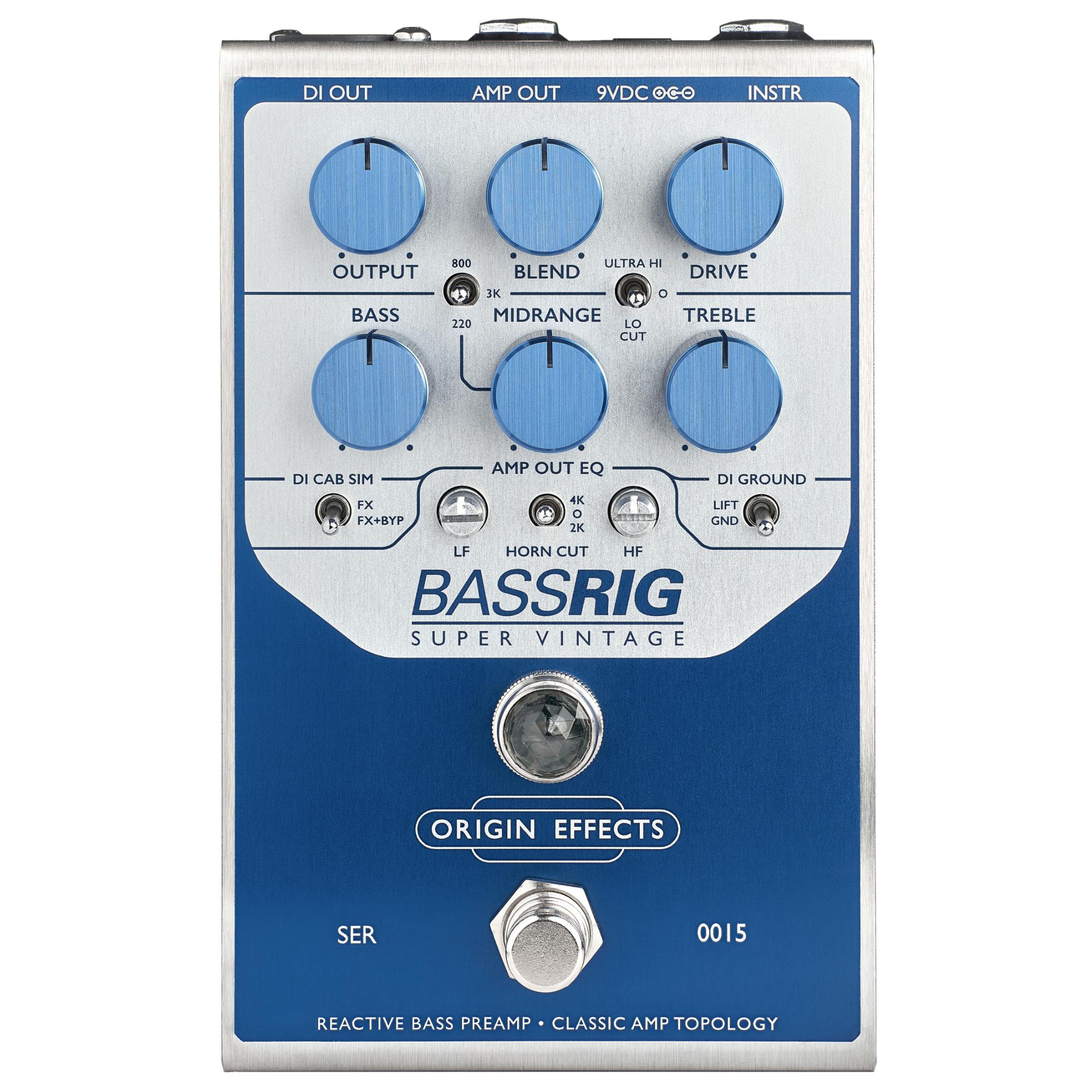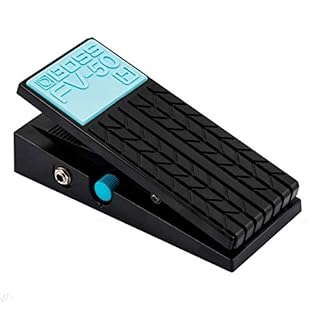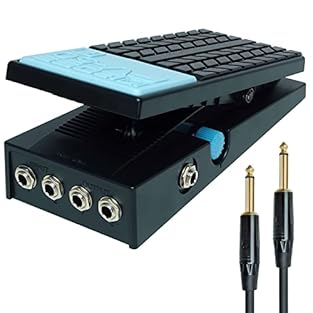Tasty Pedals made by Roland
Roland Corporation is a leading manufacturer of electronic musical instruments, audio equipment, and music production gear, renowned for its innovative products and cutting-edge technology. Founded in 1972 by Ikutaro Kakehashi, Roland has become a dominant force in the music industry, with a wide range of products that cater to musicians, producers, and audio enthusiasts worldwide.
Among Roland’s product lineup, their synthesizers and electronic keyboards stand out as some of the most influential and widely used in the world. From classic analog synths like the Roland Juno and Roland Jupiter series to modern digital workstations like the Roland Fantom and Roland FA series, Roland synthesizers offer musicians a wealth of sonic possibilities and creative tools.
In addition to synthesizers, Roland produces a variety of electronic drums, digital pianos, guitar synthesizers, and MIDI controllers, as well as a range of audio interfaces, studio monitors, and recording equipment designed for music production and performance.
With a legacy of innovation, quality, and reliability, Roland continues to be a trusted name in the music industry, providing musicians and producers with cutting-edge technology and inspiring tools to fuel their creativity.
Just Pedal Ingredients.
Bass — In the realm of guitar effects, “bass” pedals are designed specifically for bass guitars, enhancing their low-end frequencies and allowing bassists to shape their tone and explore new sonic possibilities. These pedals cater to the unique characteristics of the bass guitar and provide various effects to modify its sound. For instance, overdrive and distortion pedals add gain and saturation, giving the bass a gritty or distorted tone. Compression pedals help even out dynamics by smoothing out the volume of loud and soft notes, resulting in a consistent and punchy sound. EQ pedals enable bassists to sculpt their tone by boosting or cutting specific frequencies, allowing them to emphasize certain parts of the sound or compensate for room acoustics.
Other popular bass effects include envelope filters, which produce dynamic filter sweeps in response to playing dynamics, adding rhythmic groove to bass lines. Octave pedals generate harmonies one or two octaves below the original note, creating a fuller and more powerful sound. Modulation effects like chorus, flanger, and phaser add depth and movement by modulating the pitch or phase, creating swirling textures and enhancing the overall presence of the bass line. Lastly, delay and reverb pedals introduce ambience and spatial depth, adding echoes and reflections that enhance the sense of space in music. These diverse effects allow bassists to expand their sonic palette and express their creativity in numerous ways.. Pedal — Your pedal is like a signature dish for your sound — a flavour-packed creation that transforms the bland ingredients of your guitar into something unforgettable. Each one adds its own seasoning, texture, and heat, turning a simple meal into a feast of tone.
These tasty little boxes sit in a row, like plates on a buffet, letting you mix and match flavours as you play. With one tap of your foot, you can swap sweet for spicy, subtle for smoky, and serve up something completely new. From the comfort food of warm overdrive to the fiery kick of fuzz, from smooth jazz sauce to heavy-metal spice, pedals give players a full menu of options to express their taste. And just like with food — once you’ve tried one dish, you’ll want to sample them all.
Collecting, trading, and discovering new flavours soon becomes part of the joy of being a tone-loving gourmet geek with a guitar.. Volume — A volume pedal is a pedal-style device used to control the volume level of an instrument, typically a guitar or a keyboard, by foot movement. It allows musicians to adjust the volume smoothly and dynamically while playing, providing hands-free control over their instrument’s output level. Here’s how a volume pedal works and some common features:
1. **Pedal Design**: A volume pedal consists of a foot-operated pedal and a housing unit. The pedal is typically attached to a potentiometer (variable resistor) inside the housing, which adjusts the volume level based on the pedal’s position.
2. **Expression Pedal Compatibility**: Many volume pedals are compatible with expression pedals, allowing players to control other parameters in addition to volume, such as modulation depth, delay mix, or wah effect, depending on the pedal and the equipment it’s connected to. This adds versatility and flexibility to the pedal’s functionality.
3. **Input and Output Jacks**: Volume pedals have input and output jacks for connecting the instrument’s signal input and output, respectively. Some volume pedals also feature additional jacks for connecting to effects pedals or other audio equipment.
4. **Taper and Sweep**: The taper refers to the way the volume changes in relation to the pedal’s movement. Most volume pedals feature an audio taper, which provides a logarithmic response to the pedal’s movement, mimicking the way human ears perceive volume changes. The sweep refers to the range of motion of the pedal, from minimum to maximum volume.
5. **Minimum Volume Control**: Some volume pedals include a minimum volume control knob or switch, which allows players to set a minimum volume level when the pedal is fully depressed. This can be useful for achieving swells or fade-ins from silence.
6. **Buffered vs. Passive**: Volume pedals may be either buffered or passive. Buffered pedals include an active circuit that maintains a consistent impedance and signal strength, preventing signal loss and preserving tone when using long cable runs or connecting to multiple effects pedals. Passive pedals, on the other hand, do not include active circuitry and may introduce some signal loss, especially with long cable runs.
7. **Tuner Out**: Some volume pedals feature a tuner output jack, which allows players to connect a tuner pedal directly to the volume pedal. This enables silent tuning while muting the instrument’s signal to the amplifier or other audio equipment.
Overall, a volume pedal is a versatile tool for guitarists, keyboardists, and other musicians seeking dynamic control over their instrument’s volume level. Whether used for swells, fade-ins, rhythm adjustments, or creative volume effects, a volume pedal provides hands-free control and adds expressive possibilities to live performances and studio recordings..
